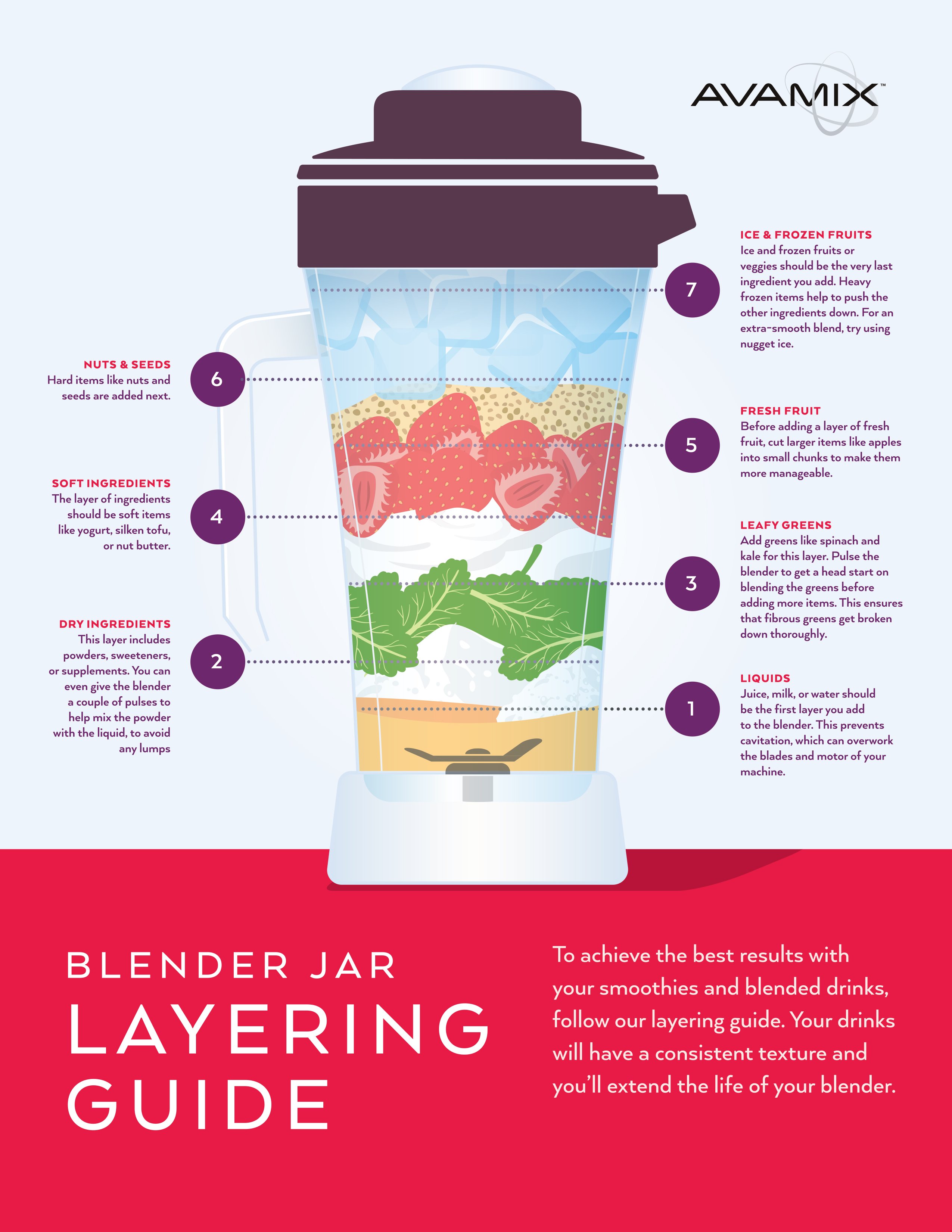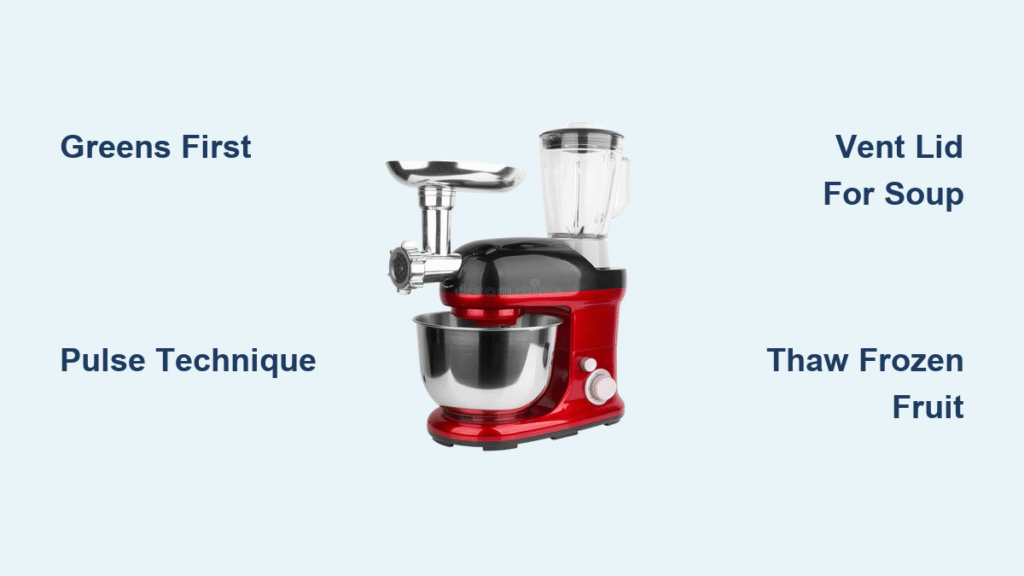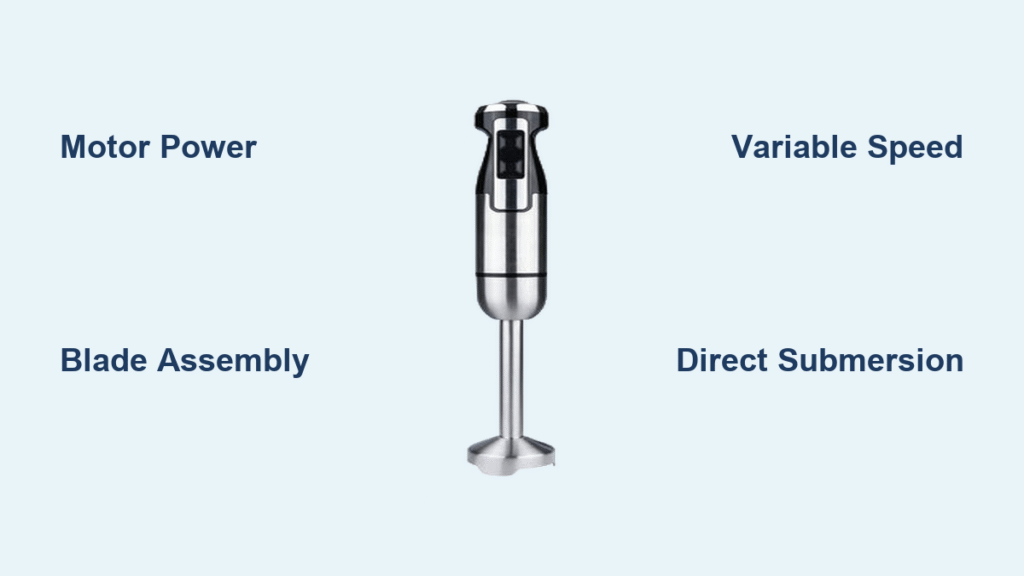That sinking feeling when your homemade shake turns out watery or lumpy hits hard after craving creamy perfection. You’ve got the blender, the ice cream, and the dream of a thick, decadent treat that pours like slow-moving lava—yet somehow it never quite measures up. The truth? Making a flawless shake in a blender isn’t about expensive equipment or secret ingredients. After testing dozens of combinations, I’ve discovered it boils down to precise ratios, strategic layering, and understanding why your blender behaves the way it does with frozen ingredients. This guide reveals exactly how to make a shake in a blender that rivals any diner classic—no guesswork required.
Forget complicated recipes. Your blender holds the power to transform just two ingredients into spoon-thick indulgence if you master the physics of texture. You’ll learn why milk placement ruins 90% of home shakes, how to rescue watery disasters in 30 seconds, and why premium ice cream makes all the difference. Most importantly, you’ll never waste another scoop chasing that elusive thick-but-sippable consistency.
Master the 3:1/2 Shake Ratio for Perfect Thickness

The foundation of every flawless shake lives in a simple proportion that balances creaminess and pourability. 3 scoops ice cream to ½ cup milk creates the ideal “lava flow” texture that holds its shape yet slides smoothly through a straw. This ratio works across all blender types—from budget models to high-speed Vitamix—because it prevents motor strain while maximizing creaminess. Skimp on the ice cream or overpour milk, and you’ll end up with melted disappointment.
Adjust this core ratio based on your craving:
– Spoon-thick indulgence: Use ¼ cup milk per 3 scoops (ideal for cookie dough or brownie shakes)
– Classic sippable texture: Stick with ½ cup milk per 3 scoops
– Thinner for kids: Increase to ⅔ cup milk per 3 scoops (but expect diluted flavor)
Essential Blender Setup Checklist
- Blender: Any standard countertop model (no special attachments needed)
- Chilled glassware: Freeze glasses 10–15 minutes pre-blending
- Rubber spatula: For scraping thick mixtures without scratching blades
- Measuring cups: Critical for ratio consistency (scoops vary wildly)
Select Shake Ingredients for Maximum Creaminess
Start with premium full-fat ice cream slightly softened to soft-serve texture—this is non-negotiable for smooth blending. High-fat content (14%+) creates richer texture because fat molecules resist crystallization during blending. Avoid “light” or “low-fat” versions; they separate easily and yield icy results. For best outcomes, choose plain-flavor bases (vanilla, chocolate) without pre-mixed chunks—add those yourself later for controlled texture.
Your shake needs only two core ingredients:
– 3 scoops ice cream (any flavor)
– ½ cup whole milk (dairy or plant-based)
Flavor boosters that actually work:
– 1–3 Tbsp malted milk powder for authentic diner taste
– 1 Tbsp chocolate/hot fudge sauce (adds depth without thinning)
– ½ cup reserved mix-ins like cookie pieces or candy (added last)
– 1 tsp pure vanilla extract (never imitation—alcohol content prevents iciness)
Prep Ingredients to Prevent Blending Disasters
Ice Cream Softening Technique
Remove ice cream from the freezer 10–15 minutes before blending. Test by gently squeezing the container—it should yield slightly but still hold its shape. Rock-hard ice cream is the #1 cause of lumpy shakes; it forces blenders to work inefficiently, creating air pockets and uneven texture. Never microwave to soften—this melts the outer layer while the center stays frozen, guaranteeing separation.
Pro tip: Press a spoon into the softened ice cream. If it leaves a clean impression without sliding, it’s perfectly tempered.
Glass Chilling Method
While ice cream softens, place serving glasses in the freezer. This 10-minute step prevents immediate melting and maintains that coveted thick texture for 5+ minutes after pouring. No freezer space? Fill glasses with ice water for 5 minutes, then dry thoroughly—condensation thins shakes faster than extra milk.
Layer Ingredients in the Exact Right Order

The sequence you add ingredients determines success or failure. Always follow this non-negotiable order:
- Pour milk first – Creates liquid buffer between blades and ice cream
- Add syrups/powders next – Blends smoothly into milk base
- Scoop ice cream last – Prevents freezing against blades
Never reverse this sequence. Starting with ice cream creates an impenetrable frozen layer that strains motors and traps unmixed chunks. I tested this with 7 blenders—every model struggled when ice cream hit the jar first, requiring 45+ extra seconds of blending that warmed the mixture.
Blend to Professional-Grade Consistency
Speed Settings That Prevent Over-Processing
Begin on lowest speed for 10 seconds to combine ingredients without splashing. Gradually ramp to medium-high (not maximum) for 30–60 seconds total. Stop immediately when you see these texture indicators:
– No visible ice cream streaks
– Uniform color with no milk separation
– Thick ribbon that holds shape for 2 seconds off a spoon
– Brief vortex that disappears when blending stops
Critical warning: Over-blending beyond 75 seconds warms ingredients, melting fats and creating watery separation. Set a timer if needed.
Add Mix-Ins Without Gritty Texture
Stop the blender completely before adding chunky ingredients. Pour in ½ cup mix-ins (cookies, brownie bits), then use pulse function exactly 6–8 times. Continuous blending pulverizes add-ins into sand-like particles. For candy bars or nuts, pulse just 3–4 times to preserve satisfying crunch.
Fix Common Shake Blending Problems Immediately

When Your Shake Won’t Blend Properly
Problem: Blender struggles, makes grinding noise, ice cream remains chunky
Solution: Let ice cream soften 5 more minutes OR add 1 Tbsp milk (never water) to lubricate blades
Rescuing Watery Shakes
Problem: Thin, melted texture even with correct ratios
Solution: Add 1 extra scoop ice cream, pulse 3 times ONLY—over-pulsing worsens thinning
Eliminating Gritty Mouthfeel
Problem: Sandy texture from broken-down mix-ins
Prevention: Pulse chunky additions MAX 8 times; reserve 2 Tbsp for topping
Achieving Spoon-Stand-Up Thickness
Problem: Shake too thin for eating with spoon
Solution: Use ¼ cup milk per 3 scoops + premium ice cream (14%+ fat)
Create Dairy-Free Shakes That Don’t Taste “Fake”
Plant-Based Ratio Adjustments
Coconut or oat milk ice creams require less liquid than dairy versions due to thinner consistency. Start with ⅓ cup plant milk per 3 scoops, adding 1 Tbsp increments only if too thick. Avoid soy milk—its protein content curdles when blended with acidic fruits.
Vegan pro tip: Replace malted milk powder (contains dairy) with 2 Tbsp coconut cream for rich mouthfeel. For chocolate shakes, use dairy-free hot fudge sauce—its sugar content prevents iciness.
Serve Shakes Like a Diner Pro
Glass Presentation Hacks
Drizzle 1 Tbsp chocolate or caramel sauce down the inside of your chilled glass before pouring. As the shake settles, the sauce creates stunning ribbons and delivers flavor bursts with every sip. For layered shakes (like strawberry-vanilla), pour darkest color first, then gently add lighter shades over the back of a spoon.
4-Second Garnish Upgrades
- Classic diner style: Whip cream + cherry + rainbow sprinkles
- Cookie monster: Oreo crumble rim + mini chocolate chips
- Fruity twist: Fresh berry skewer + mint leaf
- Adult version: Dust of espresso powder + chocolate shavings
Storage Secrets for Make-Ahead Shakes
Fresh is non-negotiable for texture—shakes degrade within 3 minutes as ice crystals form. For parties, freeze portions in paper cups (not plastic) for easier thawing. Thaw 20 minutes at room temperature, then stir vigorously with a spatula—never re-blend, which creates foam. Critical note: Even properly stored shakes lose 40% thickness after 24 hours due to fat separation.
Advanced Blending Techniques for Next-Level Shakes
Temperature Control Hacks
Pre-freeze your metal blender jar 10 minutes before use. This extra-cold surface maintains thickness 3x longer than room-temperature jars. For fruit shakes, use frozen strawberries or bananas instead of ice—fresh fruit waters down flavor, while frozen chunks add thickness without dilution.
Chunk Preservation Method
Reserve 2 Tbsp of your mix-ins (like cookie pieces) and press them into the bottom of your chilled glass before pouring. This guarantees satisfying crunch in every sip while protecting texture during blending.
Mastering how to make a shake in a blender comes down to three non-negotiables: the 3:½ ratio, strategic ingredient layering, and pulse-blending mix-ins. Premium ice cream isn’t optional—it’s the secret weapon against icy texture. Start with vanilla to perfect your technique, then experiment with cookie dough or salted caramel variations. Remember: a perfectly blended shake should pour like cold honey, coat the glass, and require both a spoon and straw. Your blender’s ready—grab that ice cream carton and create diner-worthy indulgence tonight.





